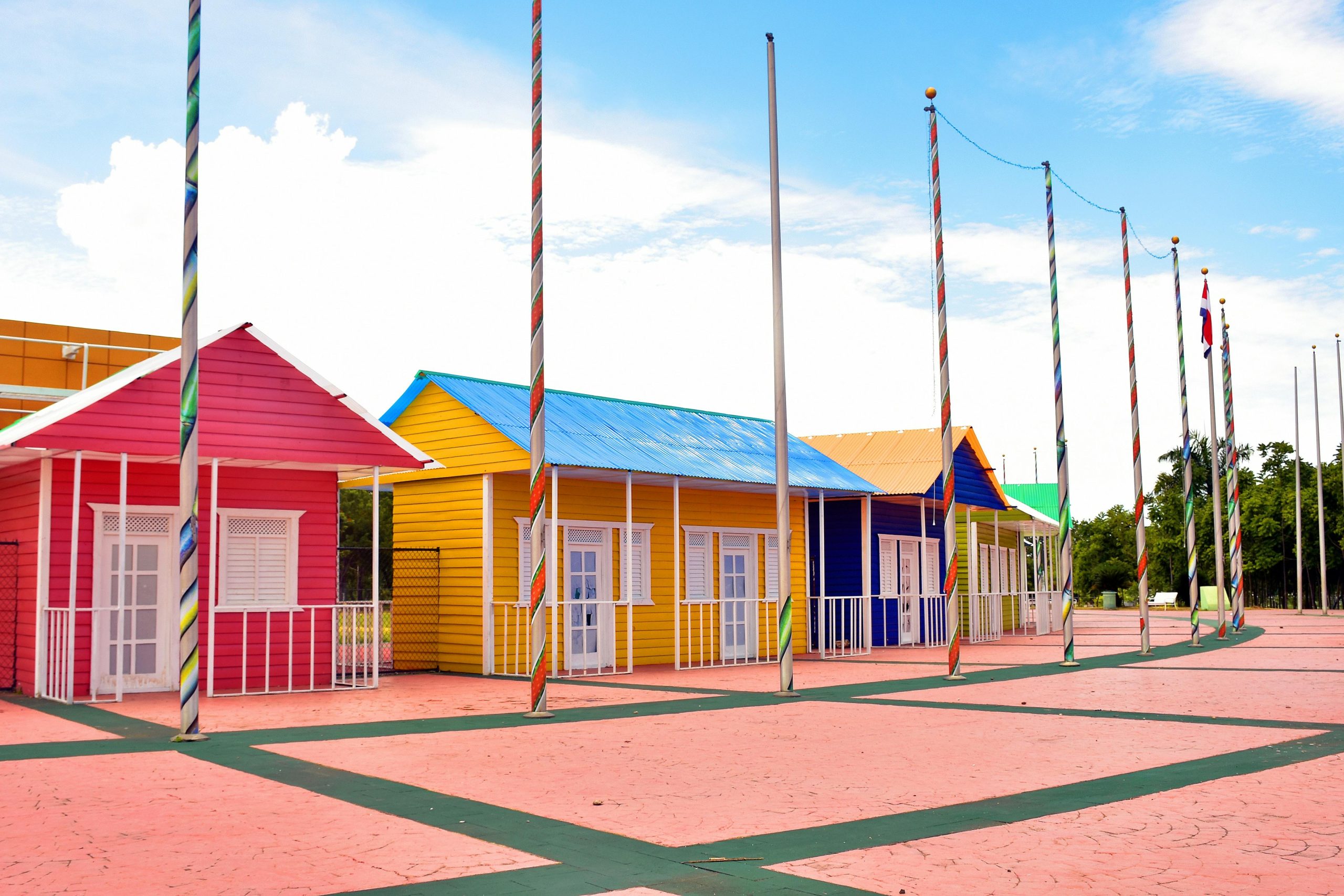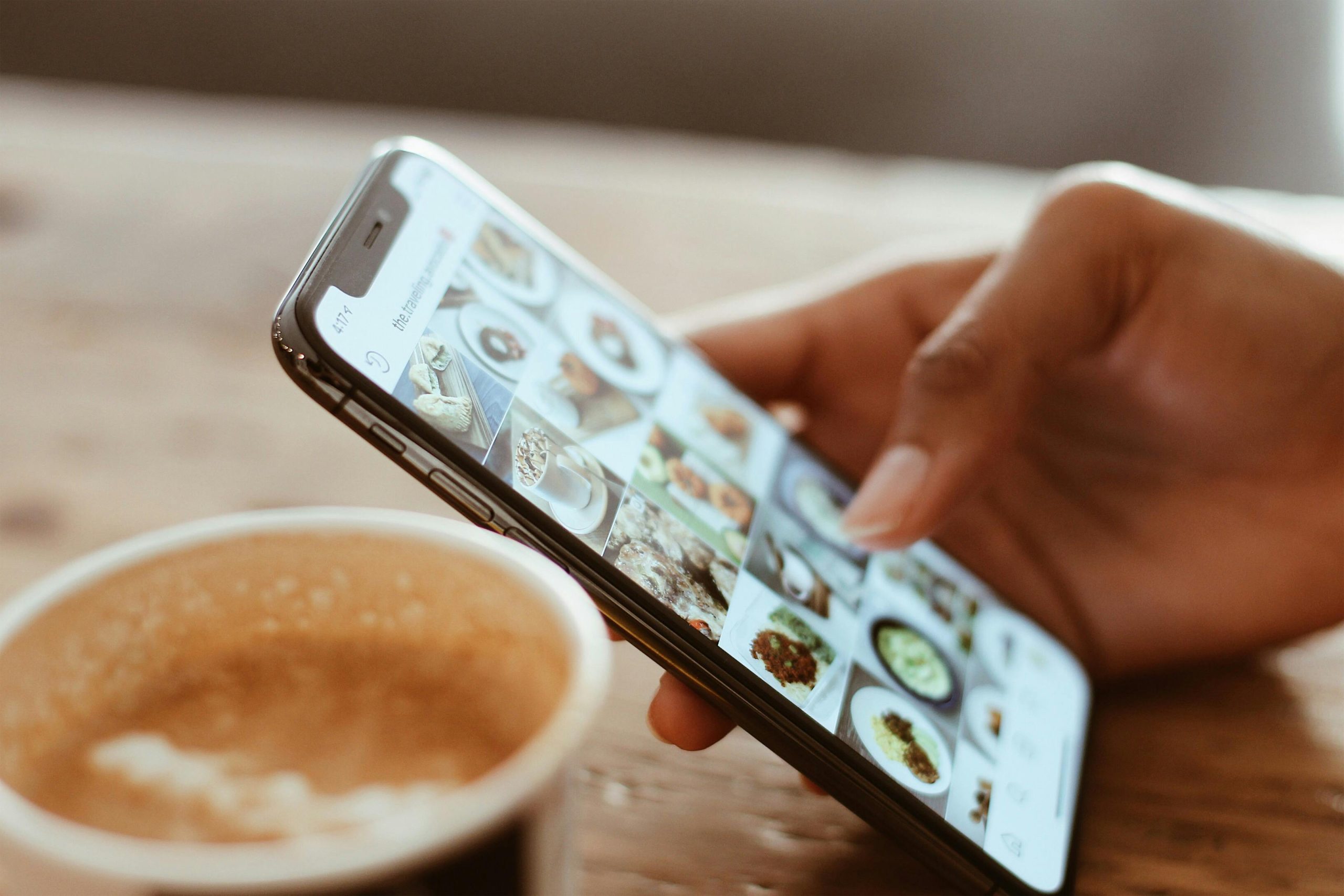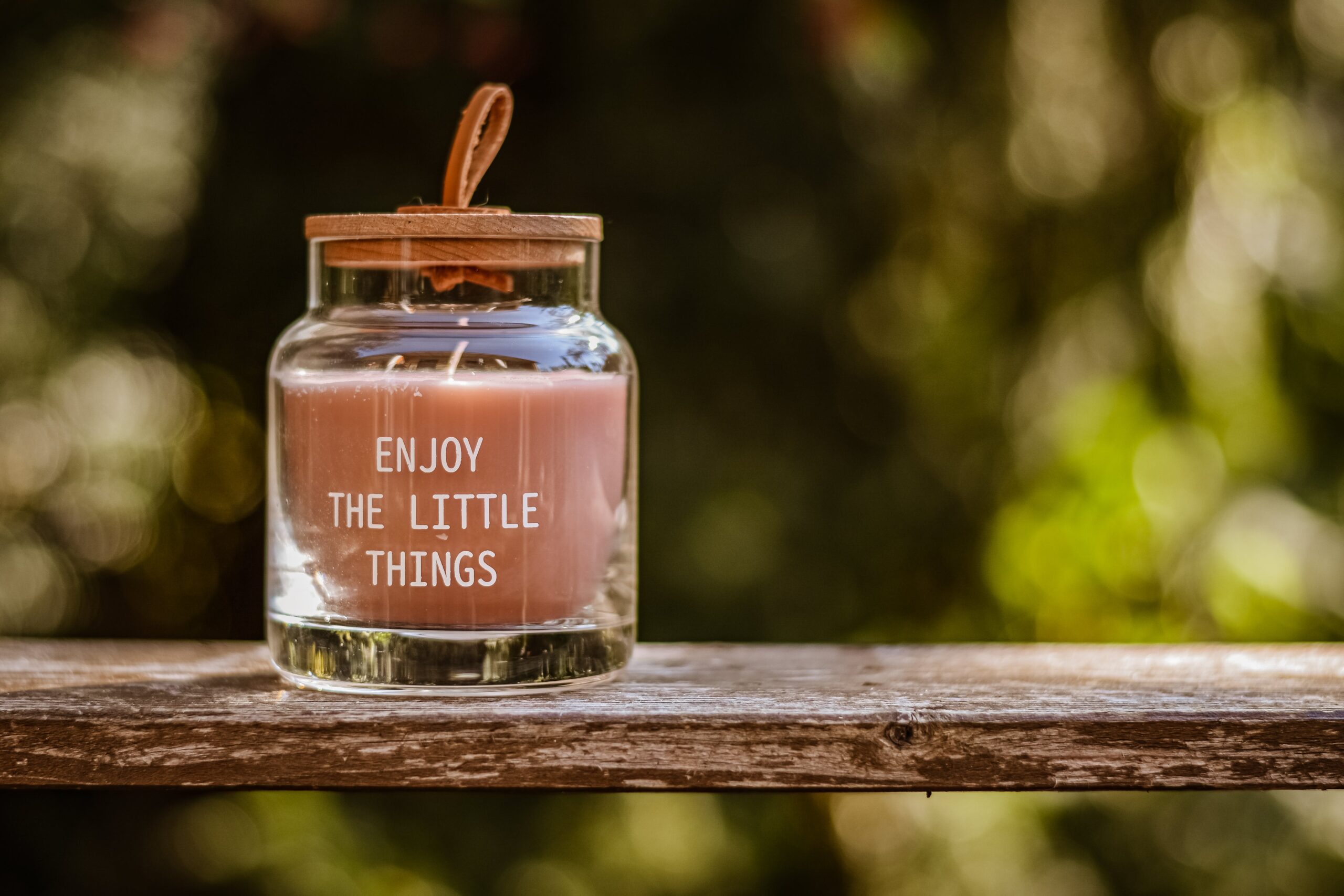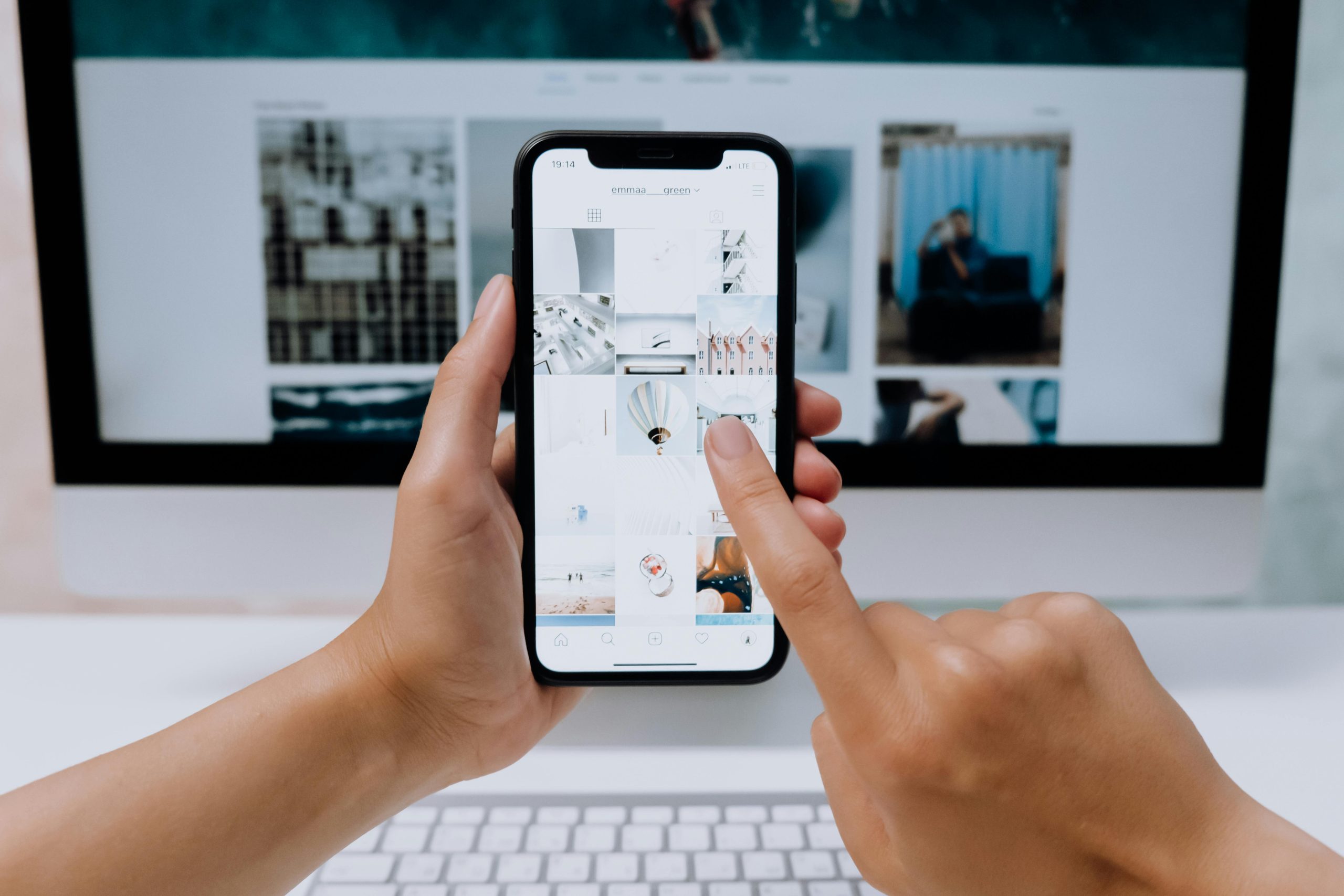
How Colors Influence User Experience
In the world of website design, color is more than just a visual element—it’s a powerful tool that can shape user perceptions and behaviors. Understanding color psychology is crucial for creating a website that not only looks appealing but also effectively communicates your brand message. In this article, we’ll dive into how color psychology in website design impacts and provide real-world examples to illustrate these concepts.
What is Color Psychology?
Color psychology is the study of how colors affect human emotions and behaviors. In the context of website design, it involves choosing colors that evoke specific feelings and responses from users. For example, the color red can create a sense of urgency, while blue tends to convey trust and calmness.
Why is Color Psychology Important in Website Design?
- Brand Identity: Colors play a significant role in establishing and reinforcing your brand identity. They help users quickly recognize your brand and differentiate it from competitors.
- User Experience: The right colors can enhance user experience by making your website more visually appealing and easier to navigate.
- Emotional Impact: Different colors evoke different emotions, and understanding this can help you create a website that resonates with your target audience.
Key Colors and Their Psychological Effects
- Red: Red is a bold, attention-grabbing color that can evoke feelings of excitement and urgency. It’s often used in call-to-action buttons to encourage immediate responses. For instance, Coca-Cola uses red to create a sense of energy and passion.
- Blue: Blue is associated with trust, reliability, and calmness. It’s commonly used by financial institutions and tech companies to instill a sense of security. For example, IBM and Facebook use blue to project professionalism and stability.
- Green: Green represents growth, health, and tranquility. It’s a popular choice for websites related to environmental issues, wellness, and finance. Whole Foods, for instance, uses green to emphasize its commitment to natural and organic products.
- Yellow: Yellow is a cheerful, optimistic color that can grab attention and stimulate mental activity. It’s often used in marketing to create a sense of happiness and positivity. McDonald’s incorporates yellow in its branding to evoke a sense of fun and warmth.
- Purple: Purple is associated with luxury, creativity, and sophistication. It’s frequently used in beauty and high-end product websites to convey a sense of elegance. Brands like Hallmark and Prince often use purple to enhance their premium image.
- Orange: Orange combines the energy of red and the cheerfulness of yellow. It’s often used to create a sense of enthusiasm and excitement. Companies like Nickelodeon and Amazon use orange to create a lively and engaging experience.
- Black and White: Black conveys sophistication and elegance, while white represents simplicity and purity. Together, they create a classic and timeless look. Apple’s website, for example, uses black and white to highlight its sleek and modern design.
Examples of Effective Color Usage in Website Design
- Spotify: Green for Growth Spotify uses a vibrant green color that represents growth and vitality, aligning with its brand’s focus on innovation and bringing people together through music. The color choice helps reinforce its message of energetic and evolving musical experiences.
- Airbnb: Red for Urgency and Engagement Airbnb uses a subtle shade of red to highlight important information and calls to action, such as booking buttons. The red draws users’ attention without being overwhelming, creating a sense of urgency that can drive conversions.
- Dropbox: Blue for Trust Dropbox’s website uses various shades of blue to create a calm and trustworthy environment. The color scheme supports its brand’s message of reliability and security, making users feel confident in storing their files with Dropbox.
Implementing Color Psychology in Your Website Design
- Understand Your Audience: Different colors resonate with different demographics. Conduct research to understand what colors your target audience responds to and tailor your color scheme accordingly.
- Consistency is Key: Maintain consistency in your color choices to reinforce your brand identity. Use your primary colors across all pages and marketing materials to create a cohesive brand experience.
- Contrast for Readability: Ensure there is enough contrast between text and background colors to enhance readability. This is crucial for accessibility and overall user experience.
- Test and Iterate: Don’t be afraid to experiment with different color schemes and gather feedback from users. A/B testing can help you determine which color combinations perform best.
Conclusion
Color psychology is a powerful element of website design that can significantly impact user experience and brand perception. By understanding the emotional effects of different colors and applying this knowledge strategically, you can create a website that not only looks great but also engages and converts visitors effectively. Remember to stay consistent with your color choices, test different combinations, and always keep your audience in mind. With the right approach, color psychology can be a game-changer in achieving your web design goals.







